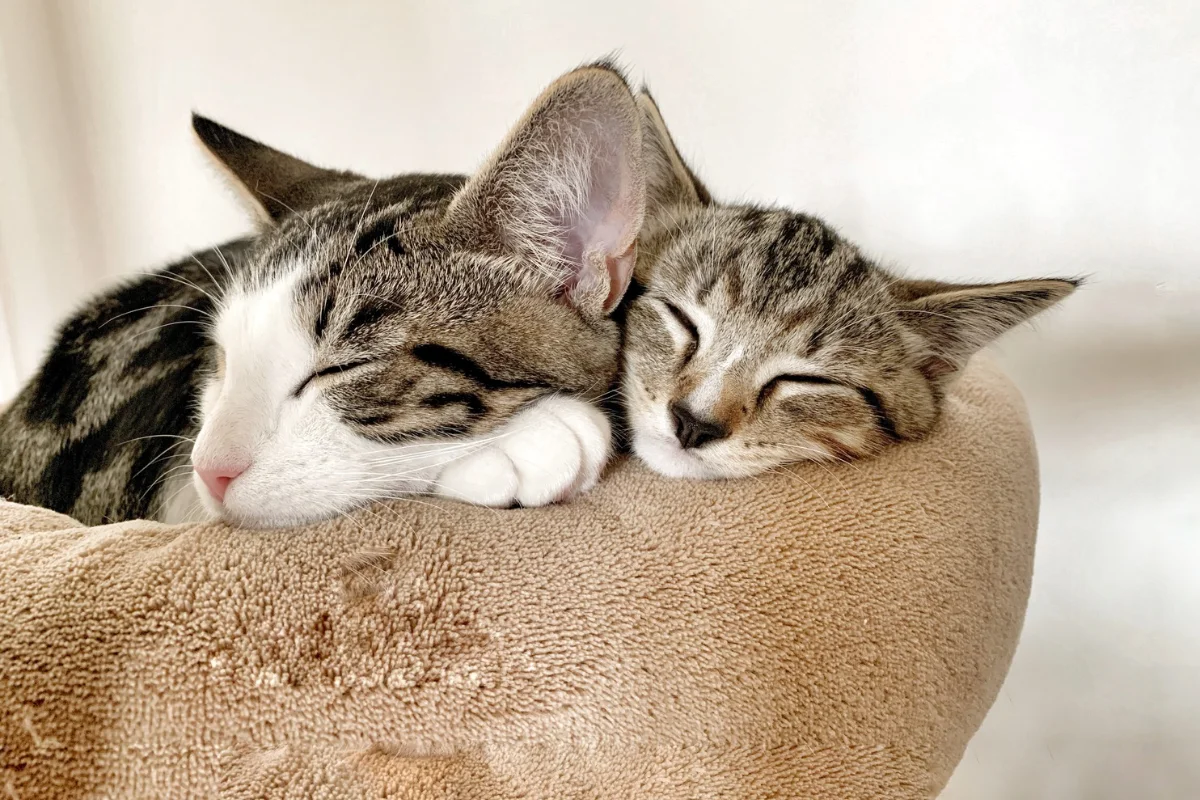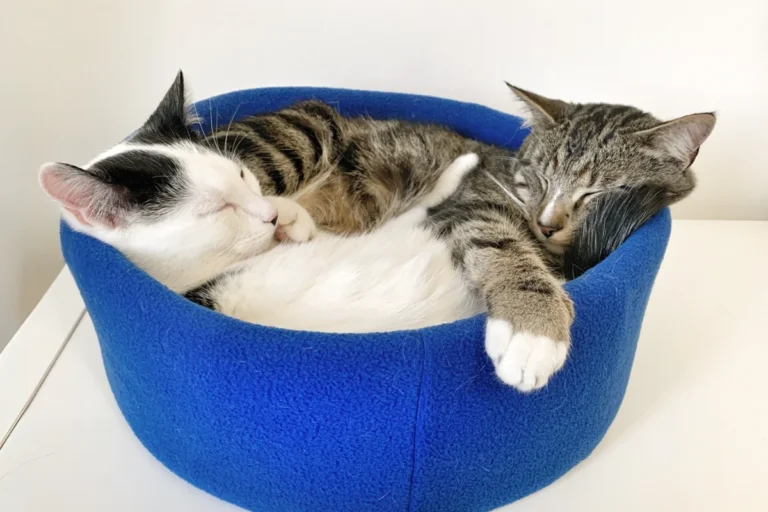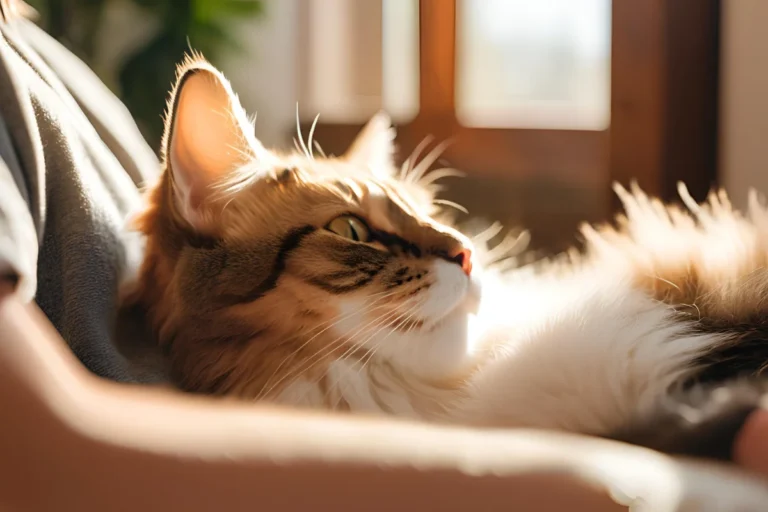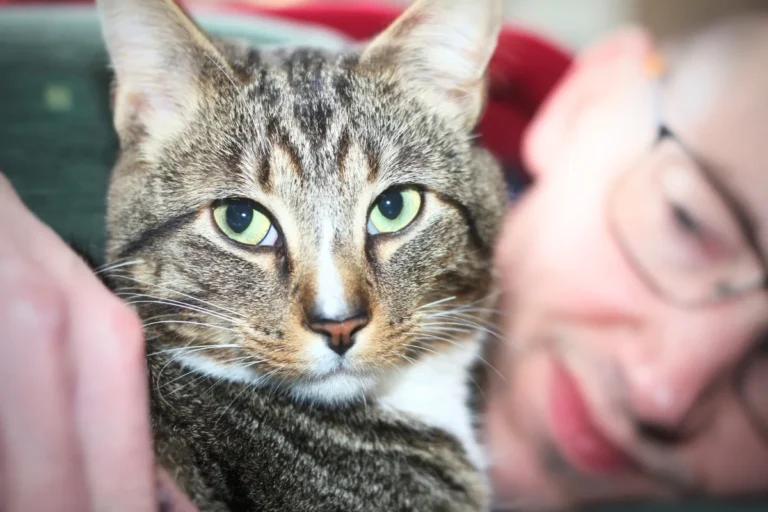Do cats have a social hierarchy?
The belief that cats have a strict social hierarchy is a common misconception. While domestic cats can live together in multi-cat households, their relationships are not based on dominance or submission. Cats are solitary animals by nature, and their interactions with other cats are driven more by individual needs, personalities, and environmental factors rather than by a strict social structure.
Cats are solitary by nature
Unlike dogs, which evolved as pack animals, cats evolved as solitary hunters. Domestic cats retain many of the behaviours of their wild ancestors, including hunting alone and establishing territories. While feral cats sometimes form loose groups — particularly when food is abundant — these groups are not hierarchical. Instead, cats establish overlapping territories based on space preferences and resource availability. They may tolerate each other but cats do not form a social hierarchy.
Misinterpreting behaviours as dominance
In multi-cat households, conflicts often arise not from a desire to establish a social structure, but from territorial disputes. Each cat has its own space that it marks with scent and defends against perceived intruders. When a new cat enters the home, the resident cats may act aggressively, but this is an instinctual response to defending their territory, not an attempt to assert dominance.
For example, one cat may claim the best spot on the couch or block the food bowl. These behaviours are rooted in the need to secure resources and territory, not an inherent desire to dominate. This distinction between territorial behaviour and dominance is key. While the two are often conflated, they serve different purposes in feline interactions.
The importance of resource and space
The key to peaceful coexistence in multi-cat households is providing sufficient resources. Cats are highly sensitive to their environment, especially to the availability of food, water, resting spots and litter boxes. When these resources are scarce, tension increases. This competition for resources is a major factor in conflicts between cats, but it is not an expression of hierarchy.
For example, if multiple cats share a single litter box or food bowl, fights and aggressive behaviours may occur. However, when each cat has its own resources and space, tensions typically subside. Offering multiple feeding stations, cat trees, and resting spots can significantly reduce the likelihood of disputes, as each cat feels less threatened by competition for vital resources.
Cats form social bonds, not hierarchies
In multi-cat households, cats often form complex relationships with their housemates. These relationships are based on mutual comfort and familiarity, not a social hierarchy. For example, cats may groom each other or sleep curled up together, signalling affection and comfort, not a struggle for power.
When a new cat enters a home, the resident cats might hiss or growl. This is usually a sign of territorial discomfort rather than an assertion of dominance. Cats are creatures of habit, and an unfamiliar cat can feel like a threat to their established routine. However, after a proper introduction and some time for territorial adjustment, many cats will peacefully coexist.
Aggression can be a sign of stress
Aggression in cats is often misinterpreted as a sign of dominance. In reality, aggression is more commonly a response to stress, anxiety or frustration. Cats are sensitive to changes in their environment, such as the introduction of a new pet, a move to a new home, or disruptions in their routine. These changes can cause stress that manifests as aggressive behaviour.
For example, a cat that suddenly starts attacking other cats in the home may be reacting to stress, not trying to exert dominance. This behaviour may subside as the cat adjusts to its new environment or may continue if the stressor remains. Identifying and addressing the root causes of stress — whether through environmental enrichment, medical care or changes to the household — can help mitigate aggressive behaviours.
Providing a harmonious environment
To promote peaceful coexistence in multi-cat households, it is essential to provide enough space and resources for each cat. Cats that feel secure and have access to necessary resources are less likely to engage in aggressive behaviour. Many cat owners report that by providing additional litter boxes, food bowls and resting spots, their cats coexist peacefully without conflict.
Conclusion
So, do cats have a social hierarchy? The answer is no. Cats are territorial and solitary by nature, and their social structures are fluid, not hierarchical. They form bonds with other cats based on mutual comfort, not dominance. Conflicts between cats are typically driven by stress, competition for resources, or territorial disputes, not a desire to assert dominance.
By understanding the true nature of feline behaviour, cat owners can create a harmonious environment for their cats. Providing enough space, resources and opportunities for each cat can help reduce tension and foster peaceful cohabitation in multi-cat households.






